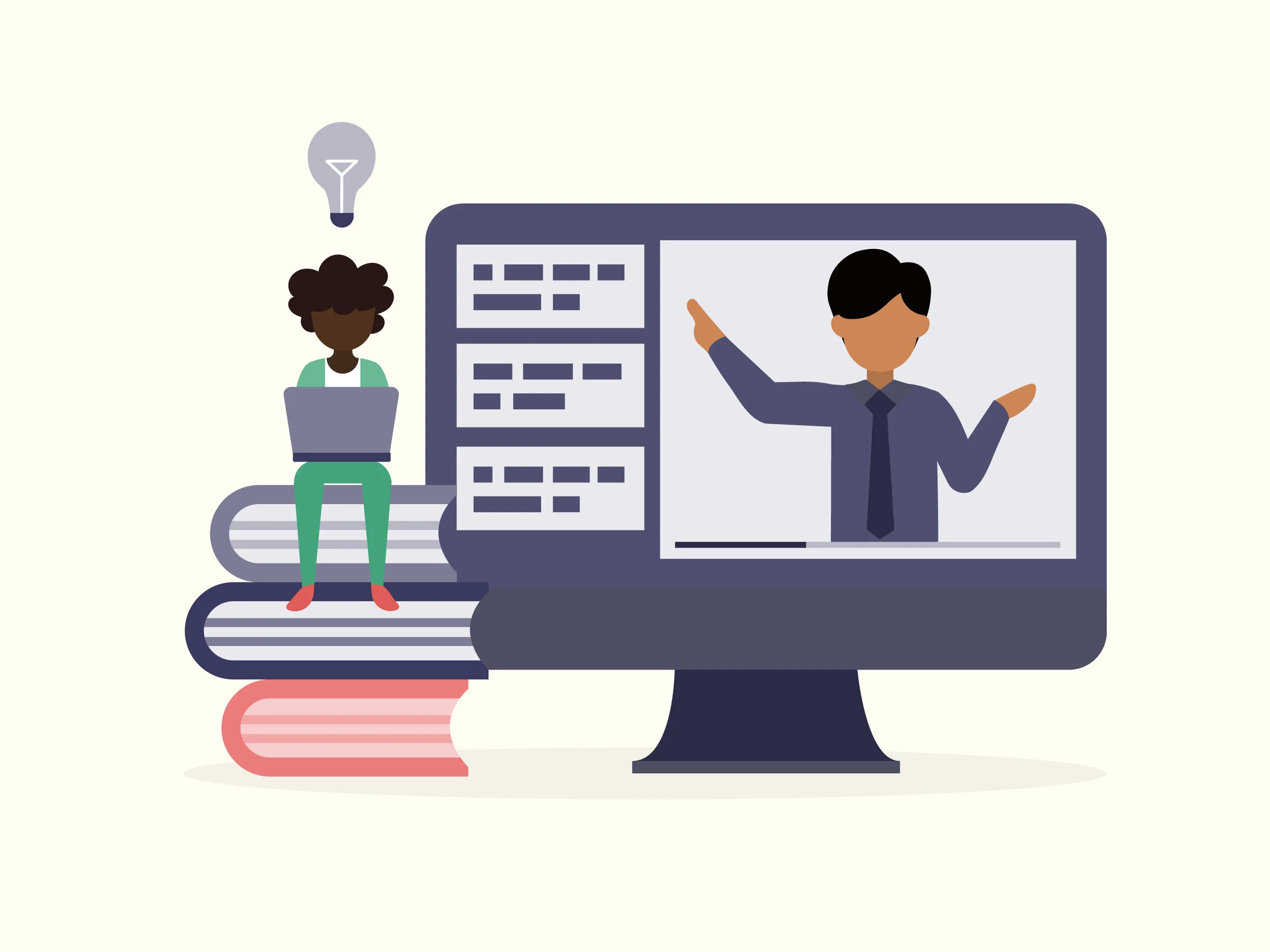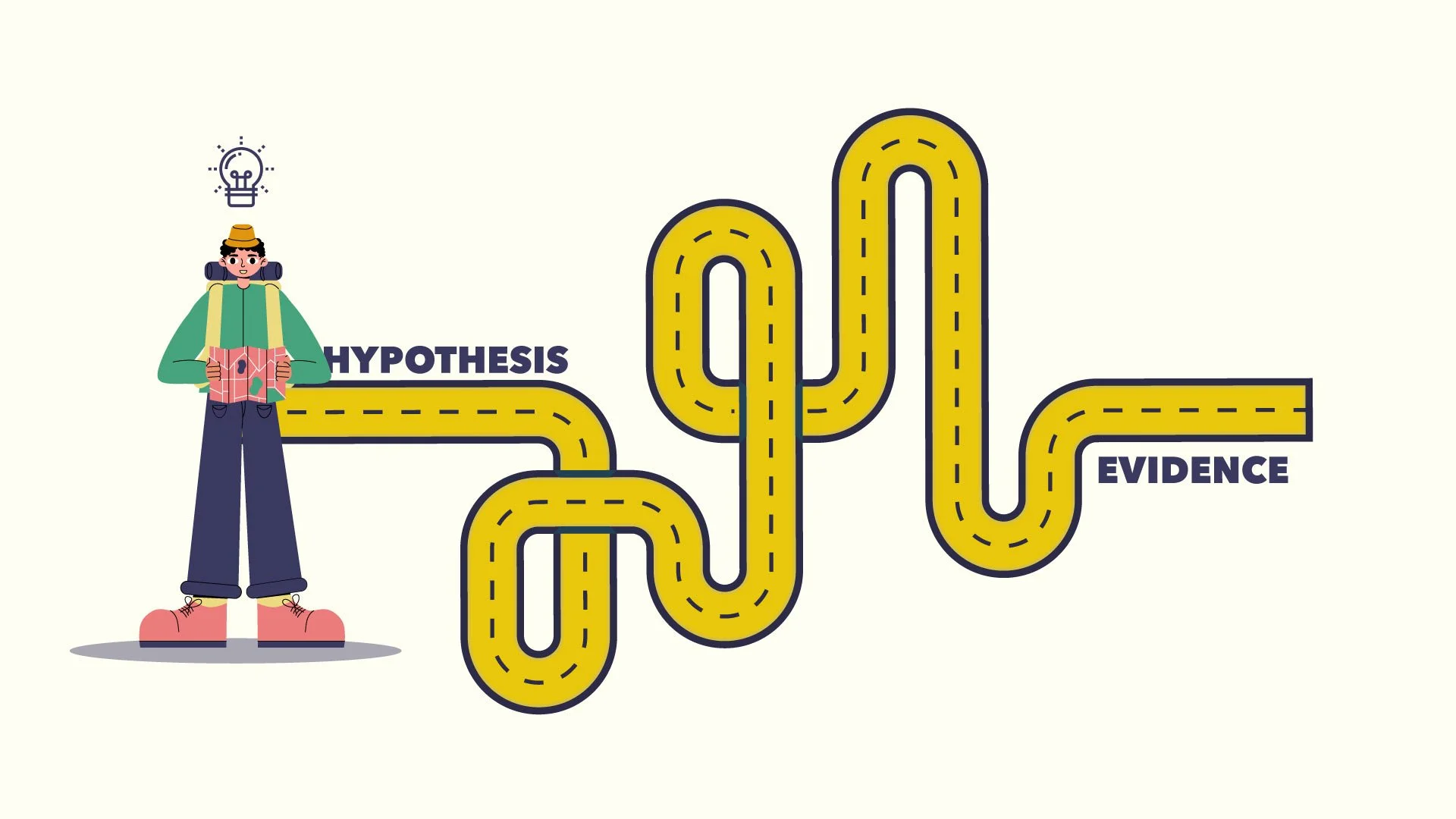A few months back, I put the last period at the end of my hiring project plan and felt content. I had set out to completely redesign the way we hire and felt confident I’d built a better mousetrap. In my mind, the 20 pages of tactics, process flow charts, interview questions, promotions plan and email outreach strategy were air tight. I’d researched best practices in hiring from some of the most well-known companies and thought leaders. I felt secure that the process would yield top candidates for the role. And to some extent I was right! We had some stellar candidates in our pipeline. Still — my meticulous plan fell seriously short.
At Leanlab, we work hard to build a culture of trust. That means, when you need to be held accountable, there’s a team member at the ready to push your work to the next level and you can be confident that they have your best interest at heart. That’s why I’m grateful to my team for pushing me to more proactively design a hiring system to yield a diverse applicant pool even though the process to fix it was a little uncomfortable for me. To design a hiring system that is anti-racist — that is, one that proactively seeks to change systems and organizational structures so that power can be redistributed and shared equitably — I needed to confront and acknowledge my own bias, and then revisit the plan through an equity lens.
It’s difficult to go back to a project that you’ve poured your heart into and admit that the original plan was lacking. It can be hard not to take feedback personally and it can be especially uncomfortable to confront your privilege. But feeling some sense of discomfort is the least anyone with a position of privilege can do for the sake of being a part of the solution to upend oppressive systems. So, with the support of my team, we set out to improve the original plan.
Here are five tactics you can put in place right now to improve your own hiring plan.
1 — Take ownership of your bias.
Who’s in charge of overseeing the hiring process for your organization? Chances are, she looks a lot like me. A 2018 Workplace Diversity Report revealed that 67 percent of HR professionals are women, and of those, nearly two-thirds of them are white.
As a white woman, working for a non-profit dedicated to fighting for the ability for all children to have equitable access to a quality education, I often find myself reflecting on my lived experiences, my privilege, and the opportunities I unknowingly benefit from every day. But even in my workplace, it can still be easy for me to detach myself from my affluent white peers and lump myself in with the “woke” group of people out there making a difference. Even those of us who have dedicated our careers to giving back by working for mission-driven and/or philanthropic organizations, can not get complacent about our biases. (There’s a great article called “White Privilege: Unpacking the Invisible Knapsack” by Peggy McIntosh,” that my CEO shared with me, that especially helped me think through this.)
We all have bias. It will unwittingly influence the way we write job descriptions, the way we screen applications and the channels through which we push out information. For example, one explicit aspect of my proposed plan, which my team called attention to — was that the main places we were posting information about available roles on our team were white dominant, and the main influencers we were reaching out to were white. Which meant, their networks would probably look similar.
Review your own distribution channels and ask yourself — what type of candidate are these channels most likely to yield? How might my bias and my lived experience, slant or distort the process?
2 — Track your pipeline
Any good strategic planning process begins with grounding data. It’s impossible to design for change without first understanding where you are. Put systems in place to track and understand both the diversity of 1) your current team and 2) the applicant pool.
Of course it’s not as simple as adding a “race” box to the end of your application — please don’t do that — so I recommend consulting your attorney on your process. We found that including a separate optional survey for applicants to complete, where the back-end data would be anonymous and disassociated from the applicant information was the best way for us to identify gaps in our pipeline and remain compliant.
3 — Make hiring a team effort and get feedback
You need your whole team to take ownership and buy in to the process. Like most of the major goals of our organization, we cannot achieve them as individuals. I was silly to think that my team could swoop in at the end (by participating in group interviews) and still have a meaningful relationship with and influence over our hiring process. By design, about 85 percent of applicants would have already been passed over at that point. I needed to work harder to engage my team at the beginning of the planning process. At LEANLAB, we have a very diverse team. By leveraging each of my team members, I can broaden our reach to a diverse set of networks to drive variety in our application pool. I received powerful feedback from our team and colleagues that made me question, and retool our approach.
4 — Set a measurable goal
Once you’ve got your team on board, share your findings from your current demographics research and work together to set diversity goals that you all buy into.
What does a diverse applicant pipeline look like?
When can we all agree that we can shut the doors to applications and move forward with the next phase of the process?
What does a “diverse” team look like?
Bonus: If you’re a non-profit like us, I challenge you to reference the communities you serve and compare that with the demographics of your team. Are they aligned? How can you improve?
Look beyond just race and consider other factors. Are you all around the same age? (Anecdotally, I see this is often the case in the startup sector.) Are you all non-disabled? What kind of colleges did you attend? Did you all go to college? After assessing where you are, you can probably easily identify some gaps on your team. Use those gaps to set a team diversity goal, and hold each-other accountable for driving towards it by pushing for an applicant pool where those populations are represented.
5 — Put some strategy (and money) behind your outreach
Unfortunately, not all workplace teams are as diverse as mine. And even with our diversity and through leveraging our personal networks, we are not always able to achieve the diversity we’d like to see in our pipelines. That means, we need to go outside of who we know, and our usual channels (for us, idealist, Nonprofit Connect, Startland News, Linkedin) and look for non-traditional networks to fill specific gaps on our team. Our search yielded organizations that specifically promote PhD positions to people of color and entire organizations dedicated to job applicants from the disability community. We identified leaders representing organizations that support protected classes of people and asked them to reach out to their networks and promote our available positions. I found in most cases that they were willing to do this at no cost to us.
We also put some money behind it. Rather than “recreating the wheel,” we looked to some of our peer organizations and replicated their referral bonus programs with the goal of reaching potential applicants that we wouldn’t have traditionally found through our own networks. Individuals who refer candidates that are eventually hired for a position, receive $500 after the first 90 days of employment of the candidate.
It’s not easy to confront where you’ve fallen short. Especially when it means addressing your own bias and privilege. But by taking some additional steps you too can put systems into place and we can work together to begin to right-size some of the endemic, problematic systems and structures that underlie our workplace communities. I’m grateful to my team, especially my CEO, Katie Boody, for the push and look forward to revisiting many of our systems and structures to build a more inclusive team and culture.


























